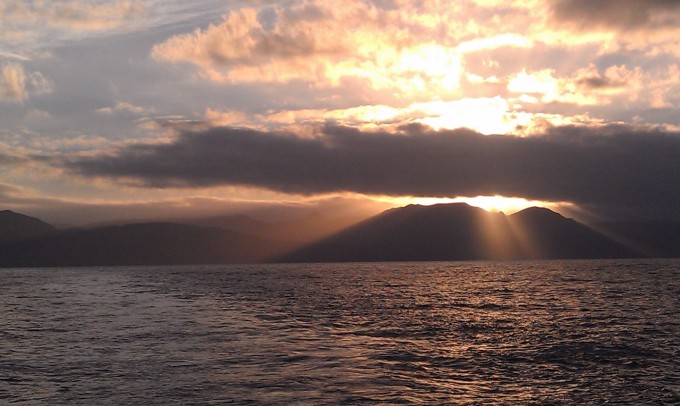SEA President and Senior Scientist was recently invited to publish a featured column in the Science at Sea series in the Aptos, Capitola/Soquel, and Scotts Valley Times newspapers. His piece is available in the current version of these publications and is available online:

The text of the first several paragraphs of the article are given here – reprints are available on request.
Views can be spectacular looking out on the ocean, but our Monterey Bay marine layer often obscures your gaze. And when you dip below the waves and peer into the sea, other than those rare moments of wavering clarity, the darkness is enveloping. But listen to the living underwater soundscape and a whole new world emerges.
From the rhythmic ocean metronome of waves to the clicks and moans of animals and from the rumble of underwater earthquakes to the crack of lightning striking the surface, nature fills the sea with sound. Unlike our early perceptions, there is little silence in the ocean.
Animals have made sound under water for millions of years. They use social calls to track their young and compete with one another. Some even use songs to attract mates. Many species use sound as a general means of orientation – knowing where they are going and if predators are around. Some specialized animals, the dolphins and porpoises, have specialized biosonar sounds like bats to focus in on individual prey while they are feeding.
Sound is so critical to many marine animals, particularly those with backbones, in part because light is so limited in the ocean. While many species can see quite well and some smell or feel things close to them, the physics of water means that making and listening to sounds is simply the best way to accomplish these key life functions.
